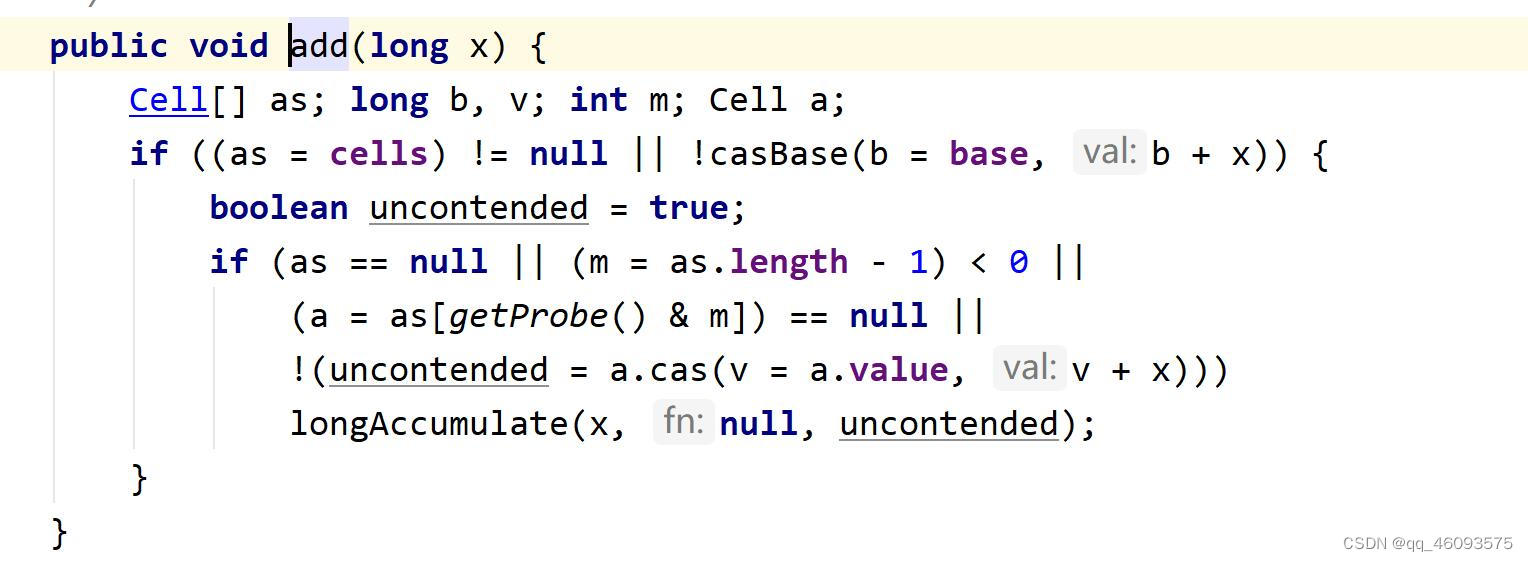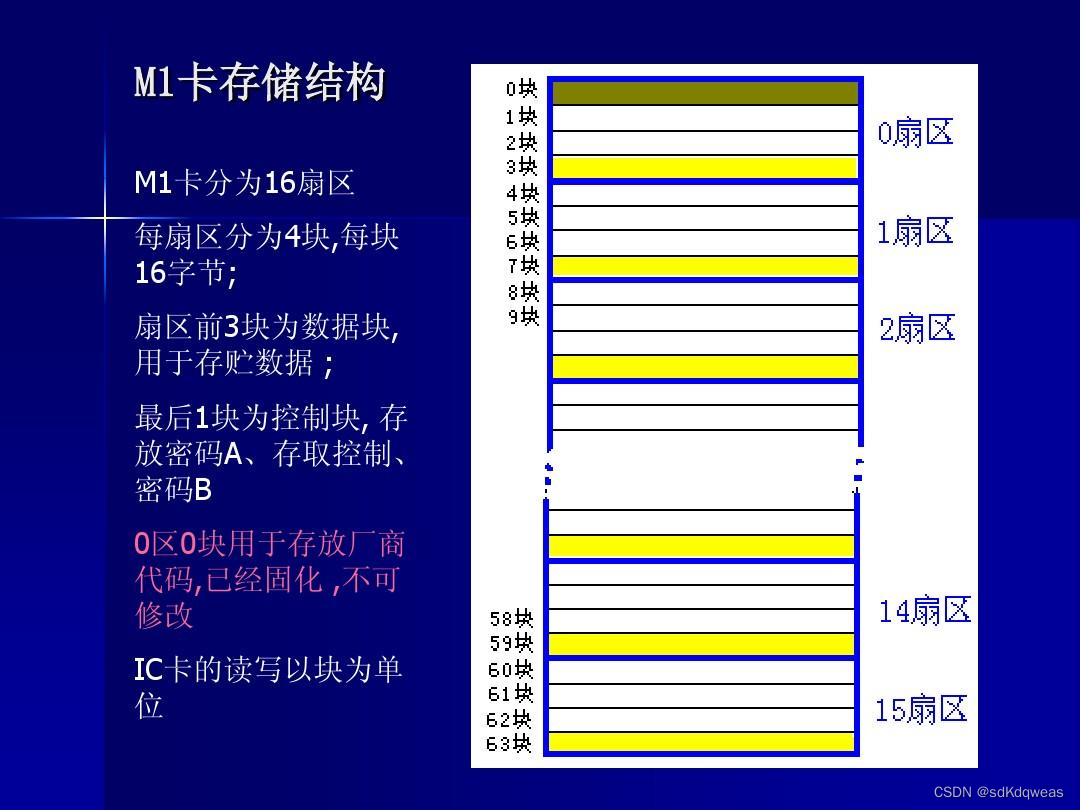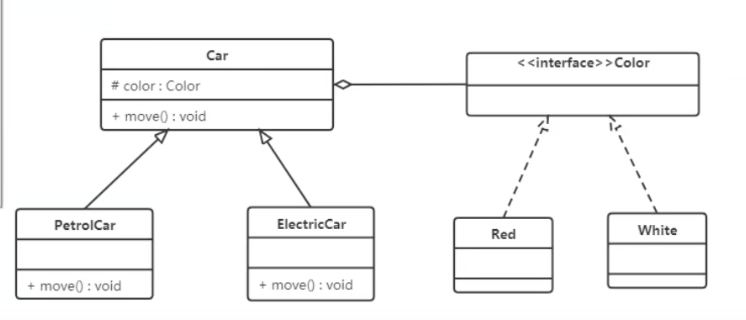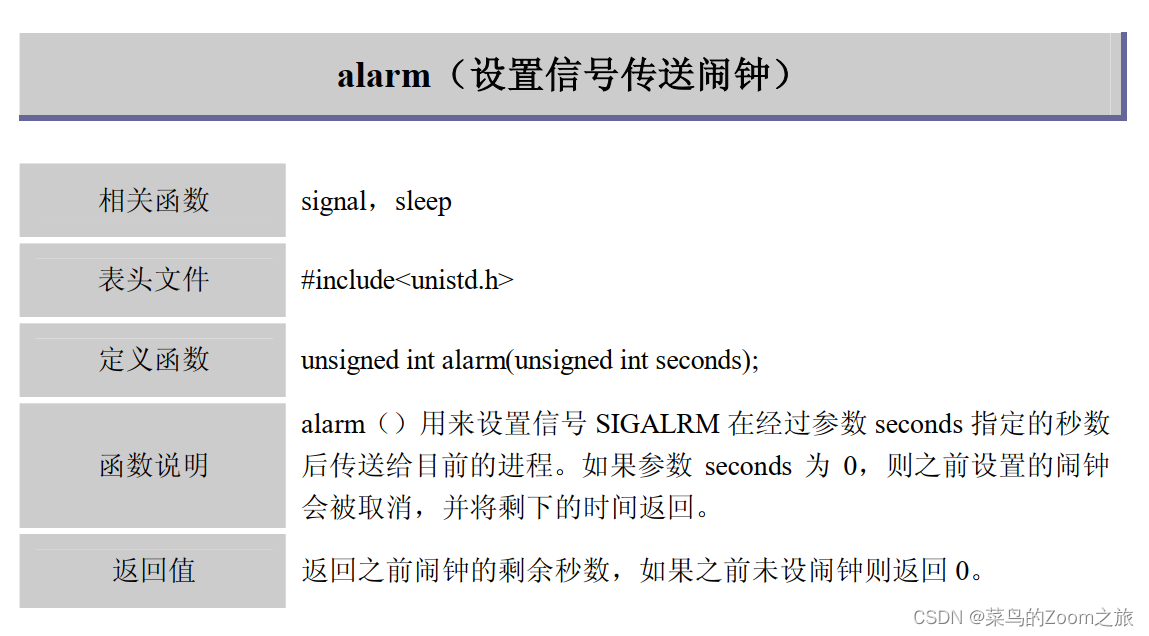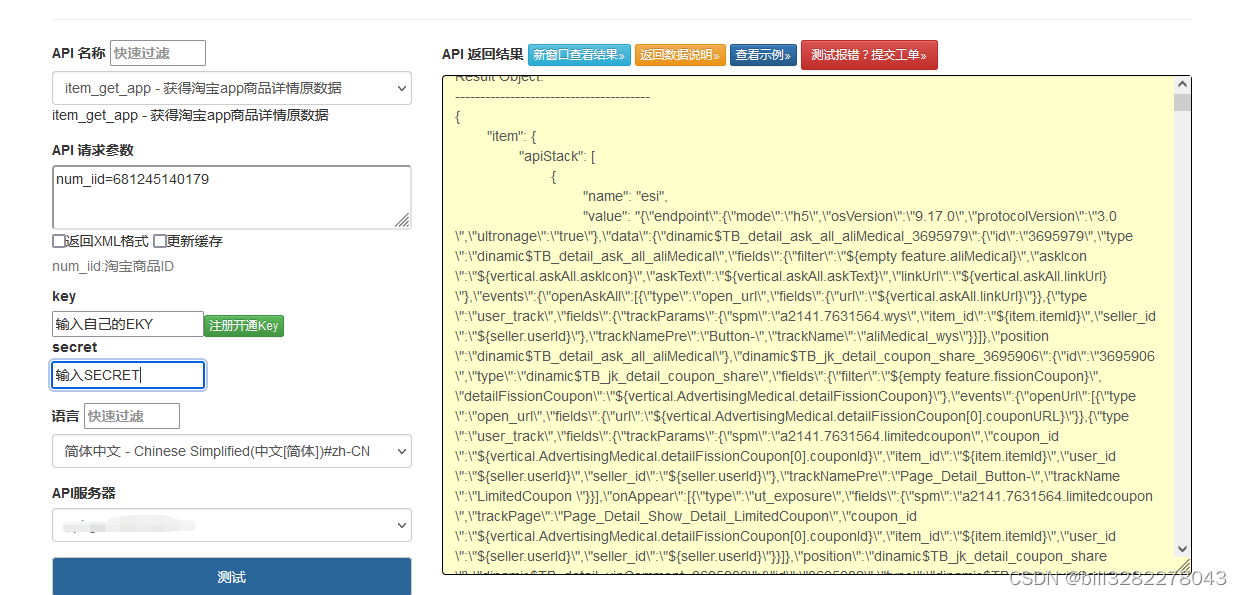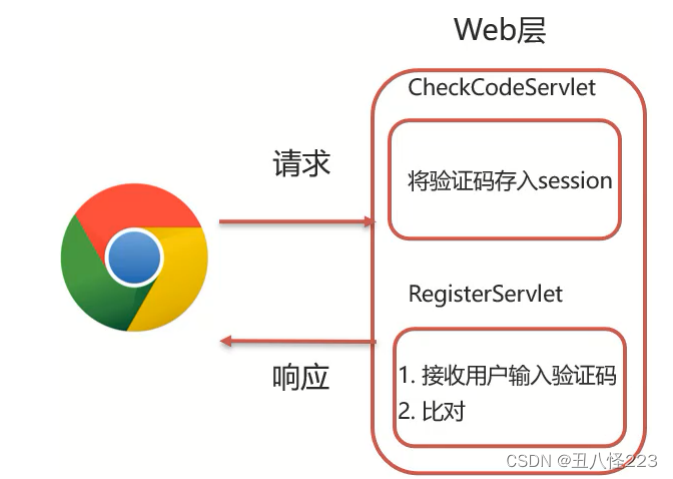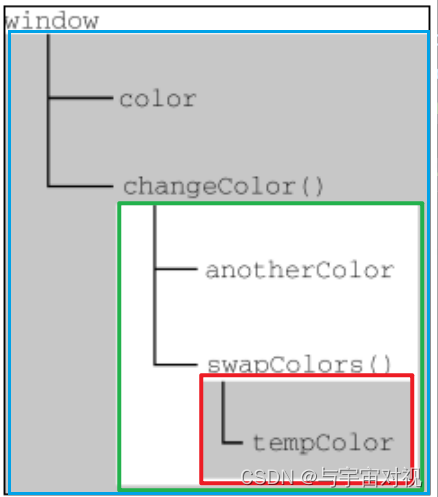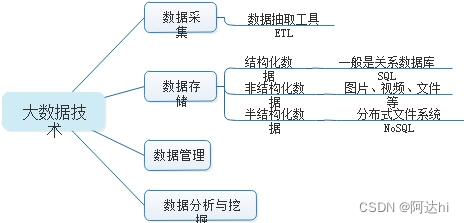算法训练营 day18 二叉树 找树左下角的值 路径总和 从中序与后序遍历构建二叉树
找树的左下角
513. 找树左下角的值 - 力扣(LeetCode)
给定一个二叉树的 根节点 root,请找出该二叉树的 最底层 最左边 节点的值。
假设二叉树中至少有一个节点。
递归法
- 确定递归函数的参数和返回值
参数必须有要遍历的树的根节点,还有就是一个int型的变量用来记录最长深度。 这里就不需要返回值了,所以递归函数的返回类型为void。
还需要类里的两个全局变量,maxLen用来记录最大深度,result记录最大深度最左节点的数值。
- 确定终止条件
当遇到叶子节点的时候,就需要统计一下最大的深度了,所以需要遇到叶子节点来更新最大深度。
- 确定单层递归的逻辑
在找最大深度的时候,递归的过程中依然要使用回溯,
class Solution {
private int maxDepth = Integer.MIN_VALUE;
private int result=0;
public int findBottomLeftValue(TreeNode root) {
if (root==null) return root.val;
findLeftValue(root,0);
return result;
}
private void findLeftValue(TreeNode root, int depth) {
if (root.left==null&&root.right==null){
if (depth>maxDepth){
maxDepth = depth;
result = root.val;
}
}
if (root.left!=null)findLeftValue(root.left,depth+1);
if (root.right!=null)findLeftValue(root.right,depth+1);
}
}
层序遍历
class Solution {
public int findBottomLeftValue(TreeNode root) {
int result = 0;
Queue<TreeNode> que = new LinkedList<>();
TreeNode node;
if (root == null) return root.val;
que.add(root);
while (!que.isEmpty()) {
int size = que.size();
for (int i = 0; i < size; i++) {
node = que.poll();
if (i == 0) result=node.val;
if (node.left!=null) que.add(node.left);
if (node.right!=null) que.add(node.right);
}
}
return result;
}
}
路径总和
112. 路径总和 - 力扣(LeetCode)
给你二叉树的根节点 root 和一个表示目标和的整数 targetSum 。判断该树中是否存在 根节点到叶子节点 的路径,这条路径上所有节点值相加等于目标和 targetSum 。如果存在,返回 true ;否则,返回 false 。
叶子节点 是指没有子节点的节点。
递归法
- 确定递归函数的参数和返回类型
参数:需要二叉树的根节点,还需要一个计数器,这个计数器用来计算二叉树的一条边之和是否正好是目标和,计数器为int型。

- 确定终止条件
首先计数器如何统计这一条路径的和呢?
不要去累加然后判断是否等于目标和,那么代码比较麻烦,可以用递减,让计数器count初始为目标和,然后每次减去遍历路径节点上的数值。
如果最后count == 0,同时到了叶子节点的话,说明找到了目标和。
如果遍历到了叶子节点,count不为0,就是没找到
- 确定单层递归的逻辑
因为终止条件是判断叶子节点,所以递归的过程中就不要让空节点进入递归了。
递归函数是有返回值的,如果递归函数返回true,说明找到了合适的路径,应该立刻返回。
class Solution {
public boolean hasPathSum(TreeNode root, int targetSum) {
if (root==null) return false;
if (root.left==null&&root.right==null) return root.val==targetSum;
return hasPathSum(root.left,targetSum- root.val)||hasPathSum(root.right,targetSum-root.val);
}
}
迭代法
class Solution {
public boolean hasPathSum(TreeNode root, int targetSum) {
Stack<TreeNode> st = new Stack<>();
Stack<Integer> nums = new Stack<>();
if (root==null) return false;
st.push(root);
nums.push(root.val);
TreeNode node;
int sum;
while(!st.isEmpty()){
node = st.pop();
sum = nums.pop();
if (node.left==null&&node.right==null&&sum==targetSum){
return true;
}
if (node.left!=null){
st.push(node.left);
nums.push(sum+node.left.val);
}
if (node.right!=null){
st.push(node.right);
nums.push(sum+node.right.val);
}
}
return false;
}
}
再来一题
113. 路径总和 II - 力扣(LeetCode)
给你二叉树的根节点 root 和一个整数目标和 targetSum ,找出所有 从根节点到叶子节点 路径总和等于给定目标和的路径。
叶子节点 是指没有子节点的节点。
class Solution {
List<List<Integer>> result;
LinkedList<Integer> path;
public List<List<Integer>> pathSum (TreeNode root,int targetSum) {
result = new LinkedList<>();
path = new LinkedList<>();
travesal(root, targetSum);
return result;
}
private void travesal(TreeNode root, int count) {
if (root == null) return;
path.offer(root.val);
count -= root.val;
if (root.left == null && root.right == null && count == 0) {
result.add(new LinkedList<>(path));
}
travesal(root.left, count);
travesal(root.right, count);
path.removeLast(); // 回溯
}
}
从中序与后序遍历构建二叉树
106. 从中序与后序遍历序列构造二叉树 - 力扣(LeetCode)
给定两个整数数组 inorder 和 postorder ,其中 inorder 是二叉树的中序遍历, postorder 是同一棵树的后序遍历,请你构造并返回这颗 二叉树 。
- 第一步:如果数组大小为零的话,说明是空节点了。
- 第二步:如果不为空,那么取后序数组最后一个元素作为节点元素。
- 第三步:找到后序数组最后一个元素在中序数组的位置,作为切割点
- 第四步:切割中序数组,切成中序左数组和中序右数组 (顺序别搞反了,一定是先切中序数组)
- 第五步:切割后序数组,切成后序左数组和后序右数组
- 第六步:递归处理左区间和右区间
class Solution {
Map<Integer, Integer> map; // 方便根据数值查找位置
public TreeNode buildTree(int[] inorder, int[] postorder) {
map = new HashMap<>();
for (int i = 0; i < inorder.length; i++) { // 用map保存中序序列的数值对应位置
map.put(inorder[i], i);
}
return findNode(inorder, 0, inorder.length, postorder,0, postorder.length); // 前闭后开
}
public TreeNode findNode(int[] inorder, int inBegin, int inEnd, int[] postorder, int postBegin, int postEnd) {
// 参数里的范围都是前闭后开
if (inBegin >= inEnd || postBegin >= postEnd) { // 不满足左闭右开,说明没有元素,返回空树
return null;
}
int rootIndex = map.get(postorder[postEnd - 1]); // 找到后序遍历的最后一个元素在中序遍历中的位置
TreeNode root = new TreeNode(inorder[rootIndex]); // 构造结点
int lenOfLeft = rootIndex - inBegin; // 保存中序左子树个数,用来确定后序数列的个数
root.left = findNode(inorder, inBegin, rootIndex,
postorder, postBegin, postBegin + lenOfLeft);
root.right = findNode(inorder, rootIndex + 1, inEnd,
postorder, postBegin + lenOfLeft, postEnd - 1);
return root;
}
}
